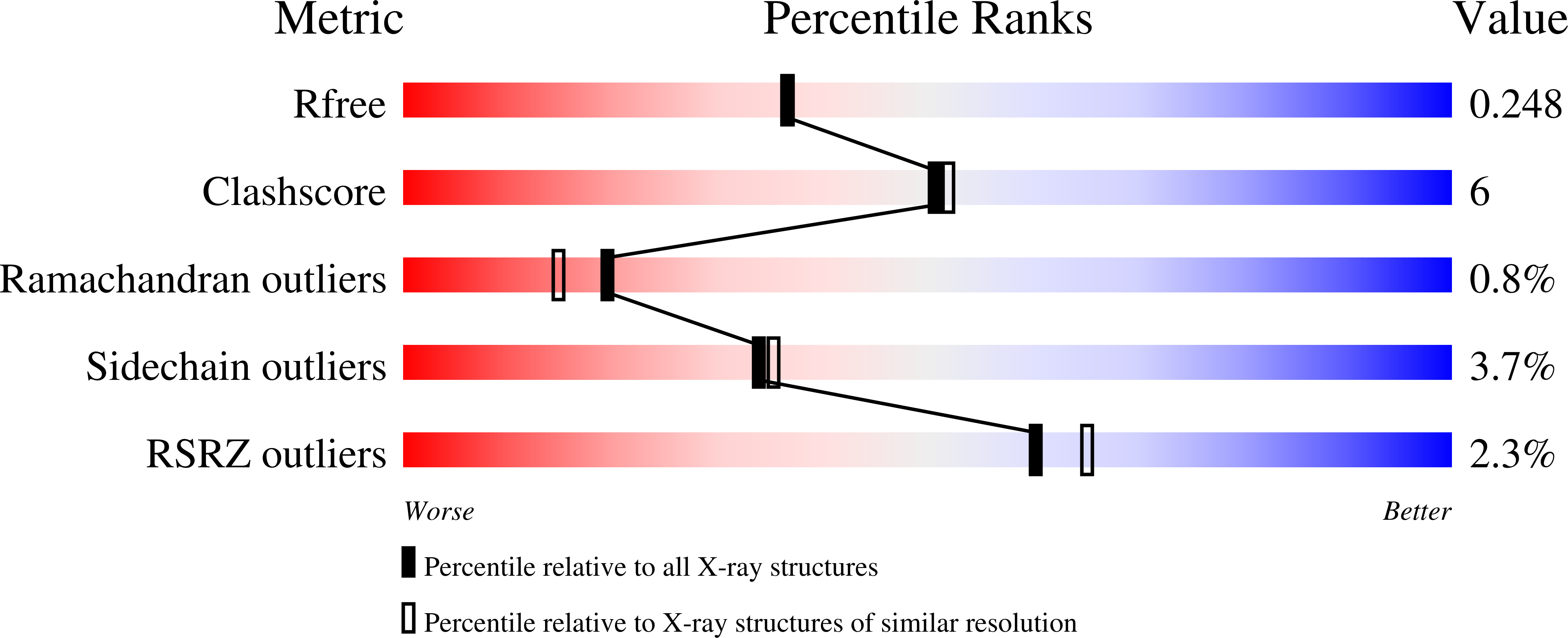
Deposition Date
2007-05-18
Release Date
2008-05-20
Last Version Date
2024-04-03
Entry Detail
PDB ID:
2PZT
Keywords:
Title:
Crystal structure of Staphylococcal nuclease variant V66Q/P117G/H124L/S128A at 100 K
Biological Source:
Source Organism:
Staphylococcus aureus (Taxon ID: )
Host Organism:
Method Details:
Experimental Method:
Resolution:
2.10 Å
R-Value Free:
0.24
R-Value Work:
0.20
R-Value Observed:
0.22
Space Group:
P 41


